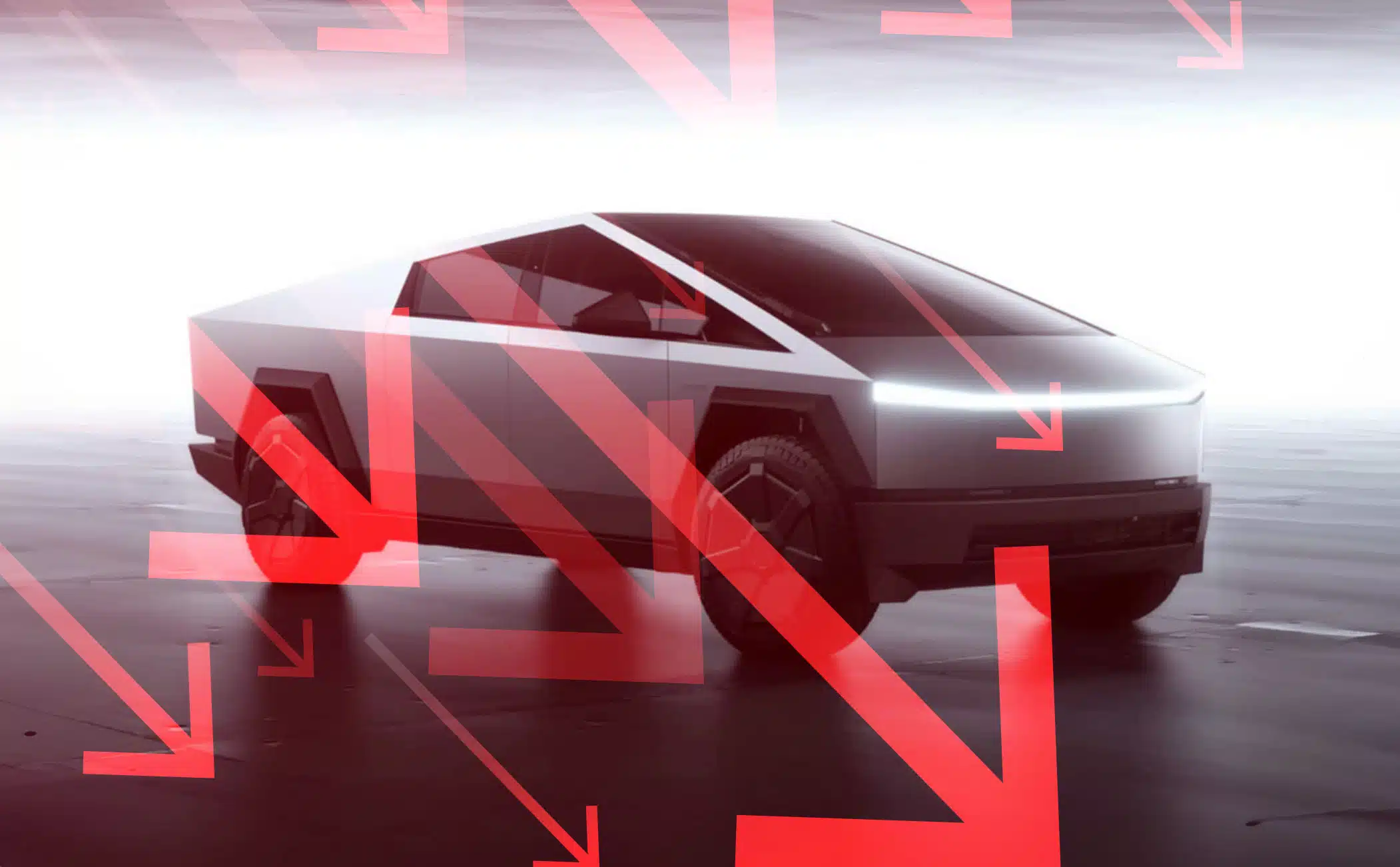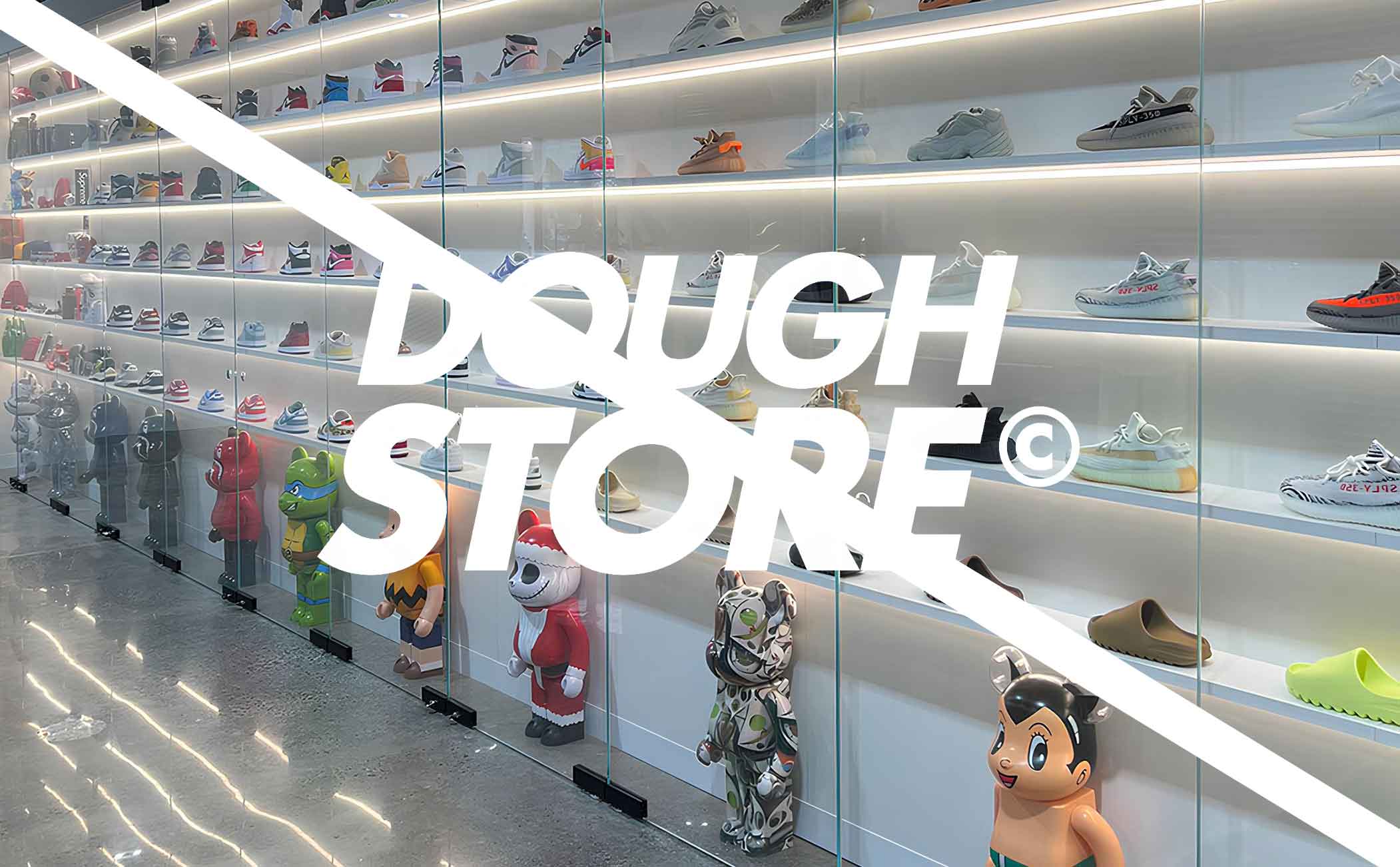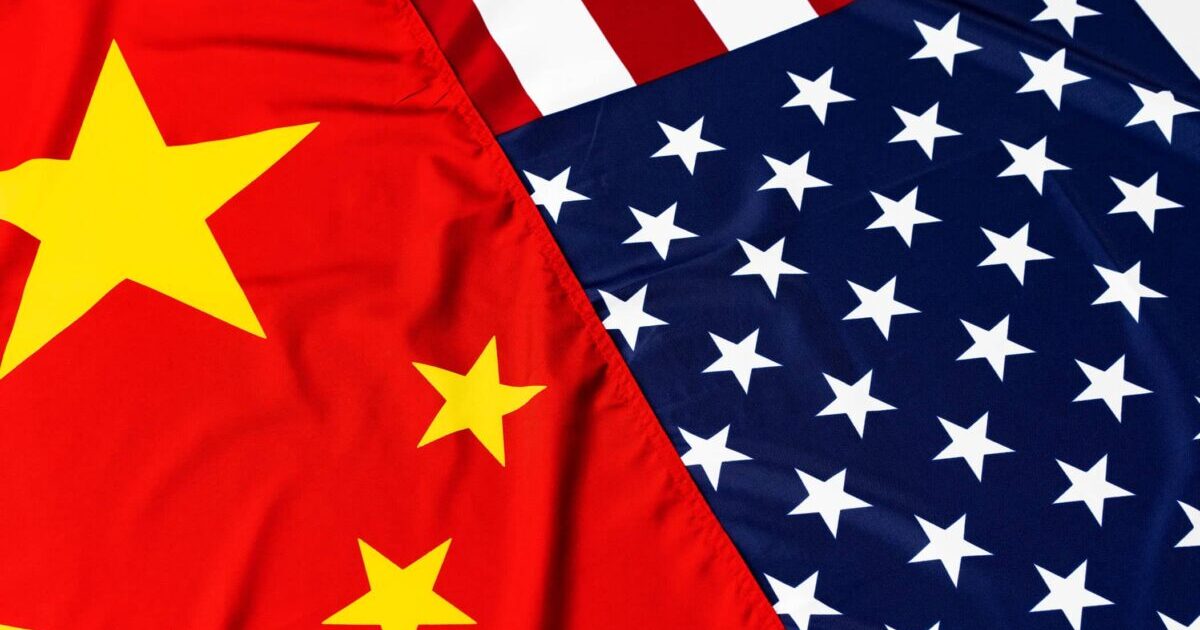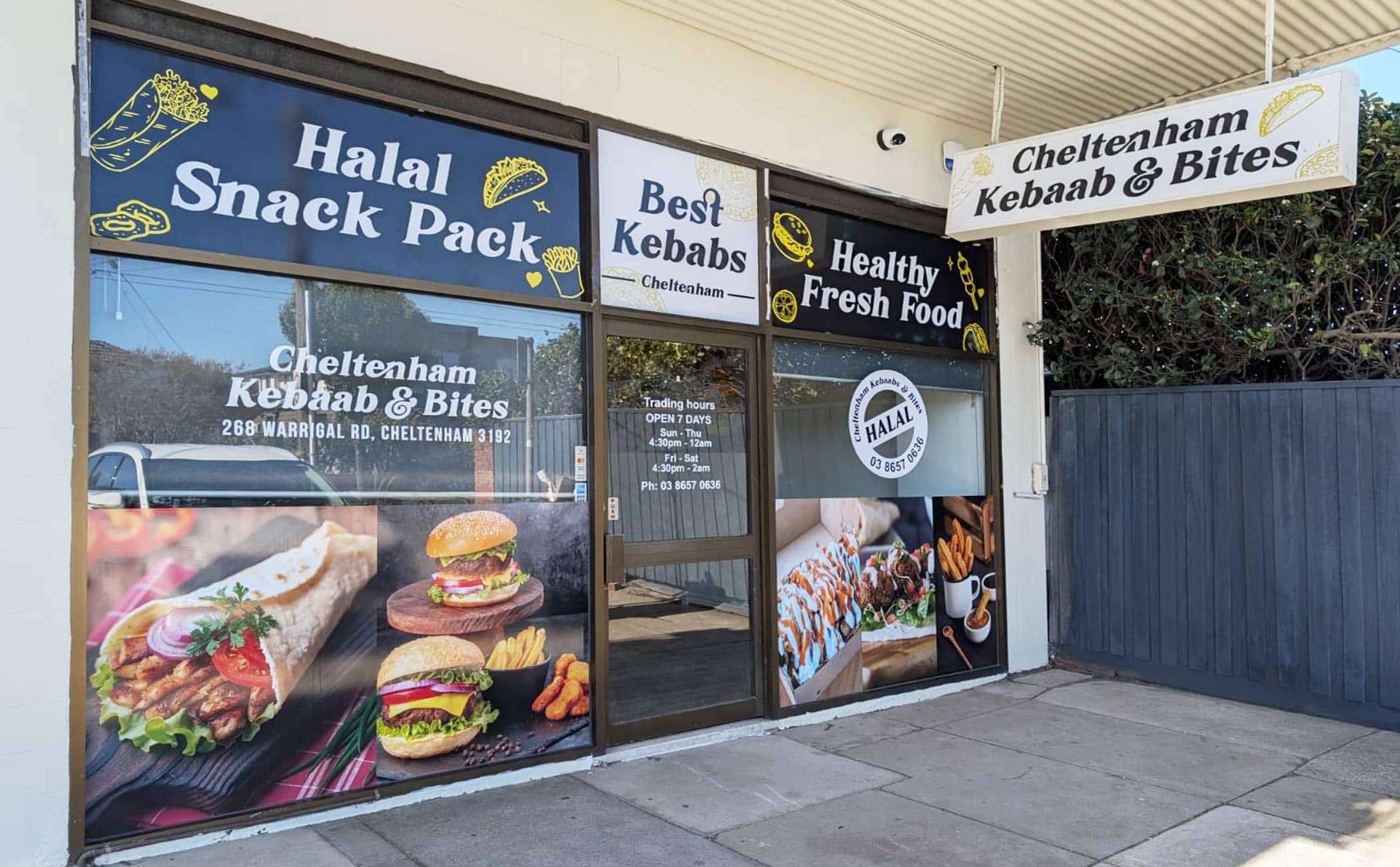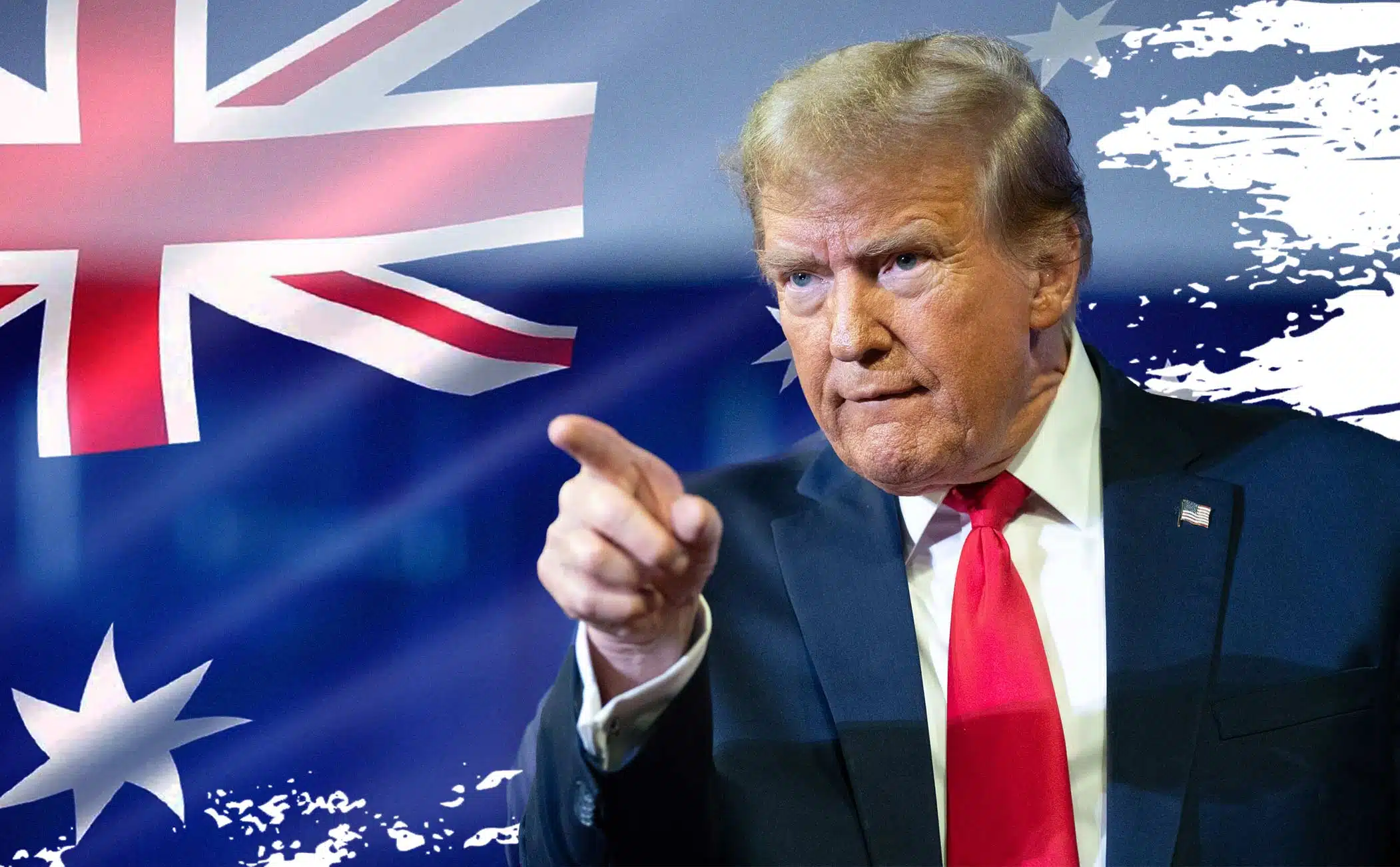If you’re interested in marketing, you’re probably already aware that there are two main streams: traditional marketing, and digital marketing. But what are the differences between the two? And, perhaps most importantly, which method is the most effective?
The fact of the matter is, that while traditional marketing has historically been used with enormous success; as consumer needs – as well as how consumers interact with marketing materials – evolve, traditional marketing methods have been overtaken somewhat by more recent digital marketing techniques.
Let us help you understand the key differences between traditional and digital marketing, and also, how they can be used to complement each other for the best results.
What is Traditional Marketing?
Marketing, in the traditional sense, utilises tried and tested promotional methods to spread campaign messages to target audiences. Traditional marketing has historically been used to promote businesses, products and services, and even enhance brand awareness among consumers. Some of the key methods of traditional marketing include:
Print Media
Newspaper and print media have been used for marketing purposes for decades. Advertisements placed in print media such as newspapers could, historically, easily reach readers and help build their awareness of and trust in a business, product or brand.
Outdoor Media
Outdoor media – such as, for example, billboards and street signs – is an example of one of the most traditionally used methods of marketing there is. Using attention-grabbing and colourful graphics on billboard posters has always been seen as an effective way to capture the interest of passers-by.
Pamphlets and Flyers
Handing out pamphlets or flyers is another example of traditional marketing. Often, these documents would include a promotional offer to pique the reader’s interest in the business’s product and service offerings.
Marketing Events
Marketing events are another traditional way to spread a marketing message. These events can be in the form of business showcases, seminars, conferences, or trade fairs.
Radio and Television Campaigns
Broadcasting marketing messages via the local radio or TV station is another effective method of traditional marketing. Radio and television advertising has the power to reach a huge audience of listeners and viewers, and is still commonly used today.
Direct Mail Marketing
Sending printed marketing material such as branded postcards or letters out to residents is another form of traditional marketing. It is a method still employed by many businesses today, including in the real estate industry in particular.
What is Digital Marketing?
Digital marketing differs from more traditional marketing methods in that it is reliant on the use of the internet and electronic devices to perform its processes. Some of the most common forms of digital marketing include:
Search Engine Optimisation (SEO)
Search Engine Optimisation or SEO is fast becoming one of the most utilised forms of digital marketing today. It helps influence how well a business’s website ranks in search engine results pages (SERPs). It does this in several ways, including keyword optimisation and content marketing.
There are 3 main types of SEO:
- On-page SEO relates to the optimised content that is included on a business’s website.
- Off-page SEO is where external links pointing to a business’s website are created – commonly referred to as backlinks.
- Technical SEO ensures that a website is optimised to meet the technical criteria search engines prefer – such as loading quickly and being easy to navigate.
Social Media Marketing (SMM)
Social Media Marketing (SMM) utilises platforms such as Facebook and Instagram to promote a business’s products and services. It commonly involves the creation of social media ads to reach specific demographics within target consumer audiences.
An emerging and increasingly popular type of SMM is known as User Generated Content or UGC. These are social media ads that are purposely created to look like a real consumer has created them and give the semblance of a genuine, authentic product review. To achieve this, the ads are shot in realistic, low quality – usually on the ad creator’s smartphone.
Another growing and evolving branch of SMM is influencer marketing. Like with UGC, social media influencers will utilise their smartphones to create reviews of products that aim to appear genuine, authentic and trustworthy.
Pay Per Click Marketing (PPC)
Another form of digital marketing is Pay-per-click or PPC Marketing. The best thing about this method? It is easily measurable, as you can view the amount of clicks your ad is generating. Also known as Click-Through Rate or CTR, this measures how effective your ad is at attracting your audience’s attention and directing them to your business’s website.
Email Direct Marketing (EDM)
Yes, emails have been around for decades. What’s new in digital marketing is the EDM or Email Direct Marketing approach, where businesses capitalise on their consumer databases to send out bulk campaigns to multiple users at once. Our top tip is to use your social media profiles to capture customer contact details to add to your database. Setting up a competition, or offering a discount if customers sign up for your digital newsletter, works wonders.
So, Which Approach is Better?
Truth be told, if you want the best results, you should aim to use both traditional and digital marketing methods in conjunction with each other. Yes, digital marketing will enable you to reach new, younger audiences, and relate to them on platforms they use regularly. But, if you neglect traditional marketing methods, you could be losing out on huge segments of the market. There are people who do not use social media regularly, or who prefer to trust print, outdoor and broadcast media for their consumer choices.
The best thing about using both digital and traditional marketing is that they can be combined to bolster each other’s efforts. Refer to your social media campaign in your radio ad, for example. Or, your PPC could reference an ad your users may have seen on TV. Having a holistic marketing approach is always the best way forward, and it pays to make use of all of the resources available to us to promote our businesses. After all, the end goal is to get your name out there – whatever it takes. And by using tried and tested marketing methods – both traditional and digital – you will get the best possible results.

